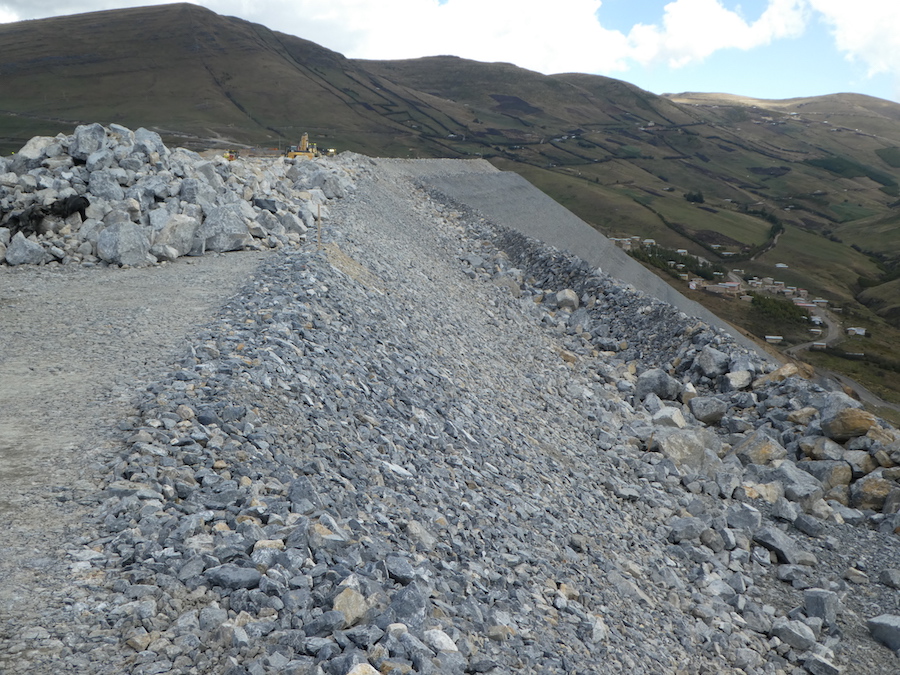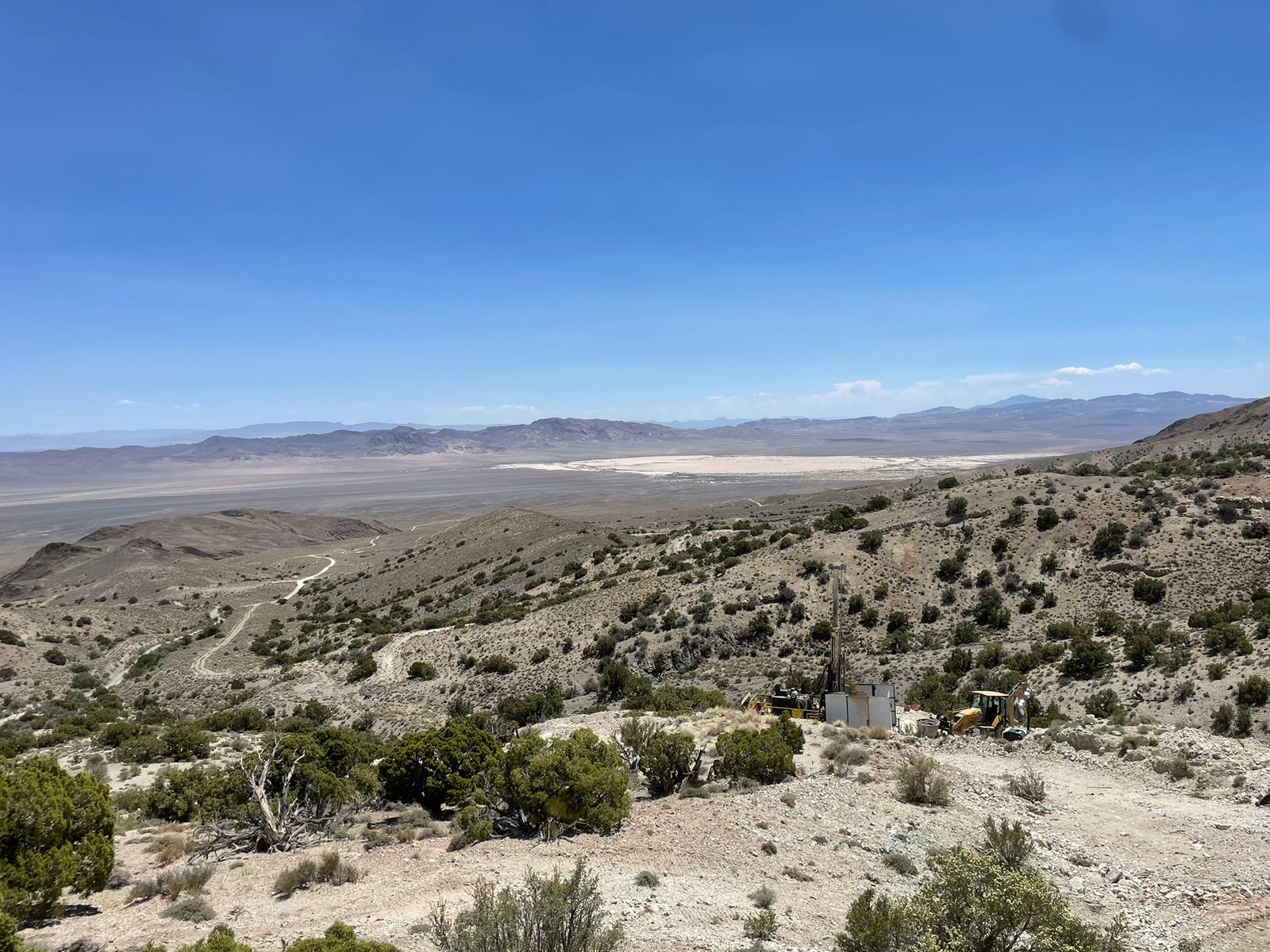Updated approaches for rockfill and waste rock shear strength estimates
In engineering practice, the shear strength of finer grained materials (such as earthfill and tailings) are often characterized through field and laboratory testing. Yet for coarse-grained materials with larger particle sizes like rockfill and waste rock, field and laboratory shear strength testing can be significantly more difficult due the lack of large diameter laboratory testing equipment. As triaxial devices with a diameter in excess of 6 inches remain rare outside of the university setting, testing larger particle size materials is often restricted to significant projects and university research. For other projects, shear strength estimates are typically obtained from literature or from laboratory triaxial testing of samples that have been scalped or “modelled” to reduce the maximum particle size.
One of the most commonly cited literature sources on this subject is a summary of 109 rockfill shear strength test results prepared by Leps (1970). While this work has been widely adopted, it offers limited guidance on how to account for factors that influence the shear strength of rockfill and waste rock. This means accounting for the specific characteristics of the material (such as density or fines content) requires engineering judgment.
Good news: the literature dataset has been significantly expanded since 1970. For example, in his 2002 Ph.D. thesis, Douglas developed rockfill shear strength prediction equations based on a review of over 550 tests. The equations consider variations in key factors which impact the shear strength of rockfill and waste rock materials: confining pressure, initial density, the strength of the rock particles, maximum particle size and grading, fines content and angularity. Additionally, it includes guidance regarding the suitability of using parallel grain size distribution laboratory test results to estimate the strength of the large particle-size rockfill and waste rock material. While engineers in Chile have recently performed triaxial testing at confining pressures up to 3 MPa to support the design of waste rock facilities exceeding 500 m in height, the data appears to remain relatively limited for non-compacted materials such as waste rock, as the majority of testing has been performed on compacted rockfills. However, even in this regard, information on the decreasing impact of the initial placement density as confining pressures increase is included.
Practitioners should consider the additional information in the current literature to reduce uncertainties in developing shear strength estimates for rockfill and waste rock materials. Depending on the specifics of the project, a potential approach would be to estimate shear strength as a function of normal stress using the equations developed by Douglas in combination with laboratory strength testing of materials with parallel grain size distributions. The results would then be compared to the guidance provided by Leps and data from historical testing of similar materials.
 Josh Rogers is a Senior Geotechnical Engineer with Stantec who specializes in engineering designs and analyses for dams at mining and hydropower projects and is based in Vancouver, British Columbia. His experience in design, dam safety and construction oversight has been gained in North America, South America, Africa, and Asia-Pacific. He will be attending T&MW 2018 and has co-authored a paper discussing the use of filtered tailings.
Josh Rogers is a Senior Geotechnical Engineer with Stantec who specializes in engineering designs and analyses for dams at mining and hydropower projects and is based in Vancouver, British Columbia. His experience in design, dam safety and construction oversight has been gained in North America, South America, Africa, and Asia-Pacific. He will be attending T&MW 2018 and has co-authored a paper discussing the use of filtered tailings.
References:
Douglas, K. J. (2002). The Shear Strength of Rock Masses. A thesis submitted in aprtial fulfilment of the requirements for the degree of Doctor of Philosphy, The University of New South Wales, School of Civil and Environmental Engineering.
Leps, T. M. (1970, July). Review of Shearing Strength of Rockfill. Journal of the Soil Mechanics and Foundations Division – Proceedings of the American Society of Civil Engineers, 1159-1170.
Linero, S., Palma, C., & Apablaza, R. (2007). Geotechnical Characterisation of Waste Material in Very High Dumps with Large Scale Triaxial Testing. In Y. Polvin (Ed.), Slope Stability 2007 (pp. 59-75). Perth: Australian Centre for Geomechanics.
Valenzuela, L., Bard, E., Campana, J., & Anabalon, M. E. (2008). High Waste Rock Dumps – Challenges and Developments. In A. Fourie (Ed.), Rock Dumps 2008 (pp. 65-76). Perth: Australian Centre for Geomechanics.
{{ commodity.name }}
{{ post.title }}
{{ post.date }}


Comments